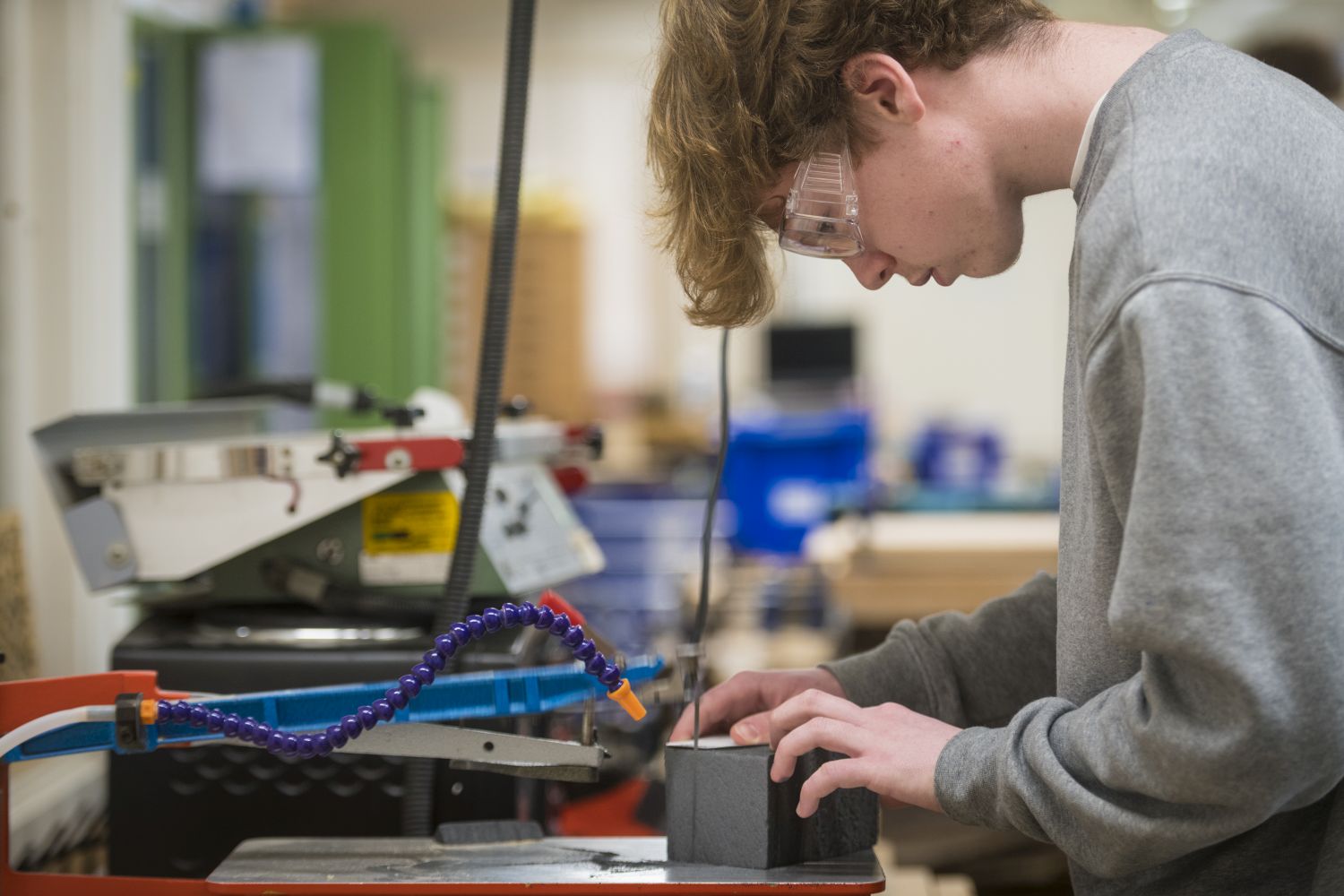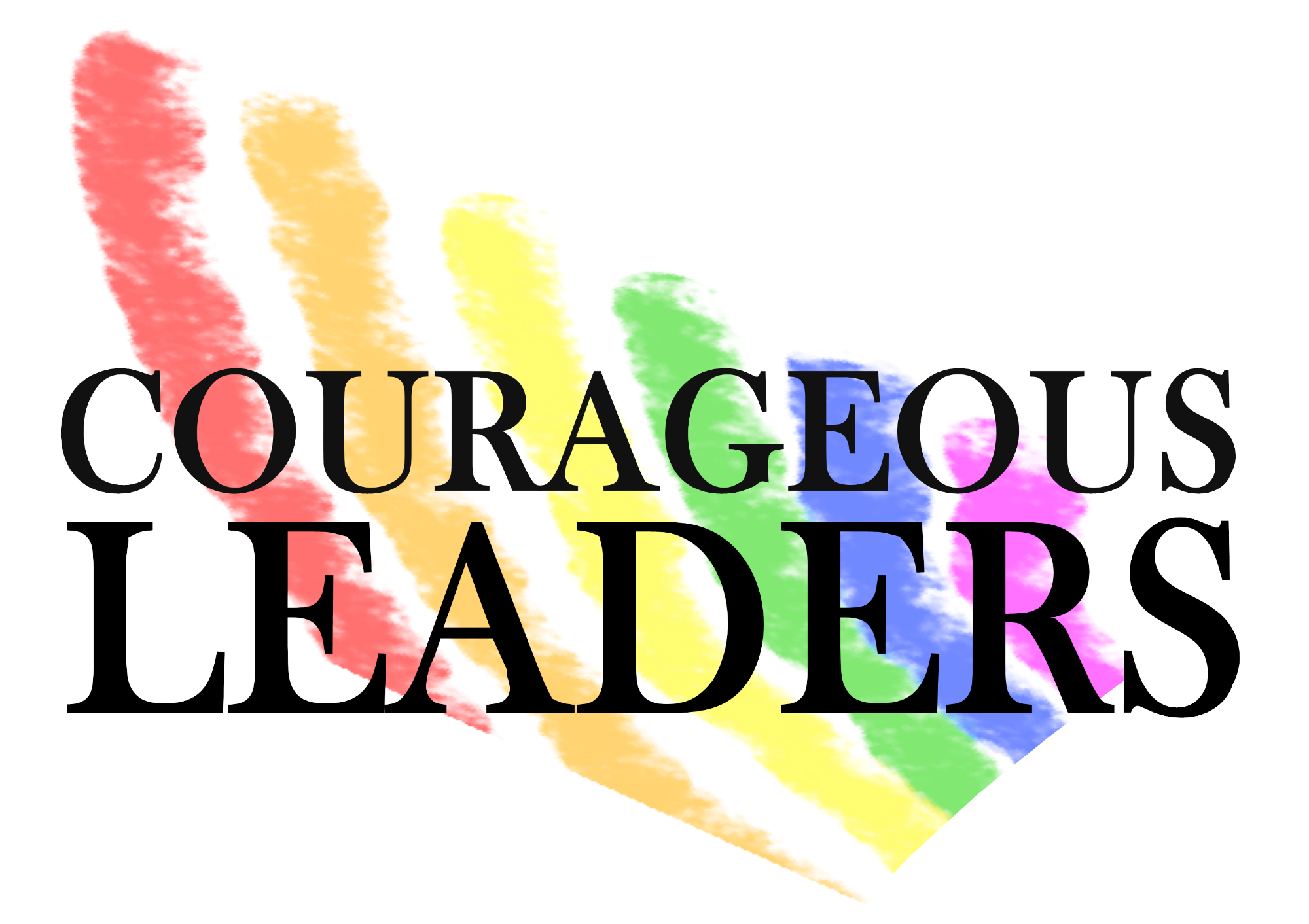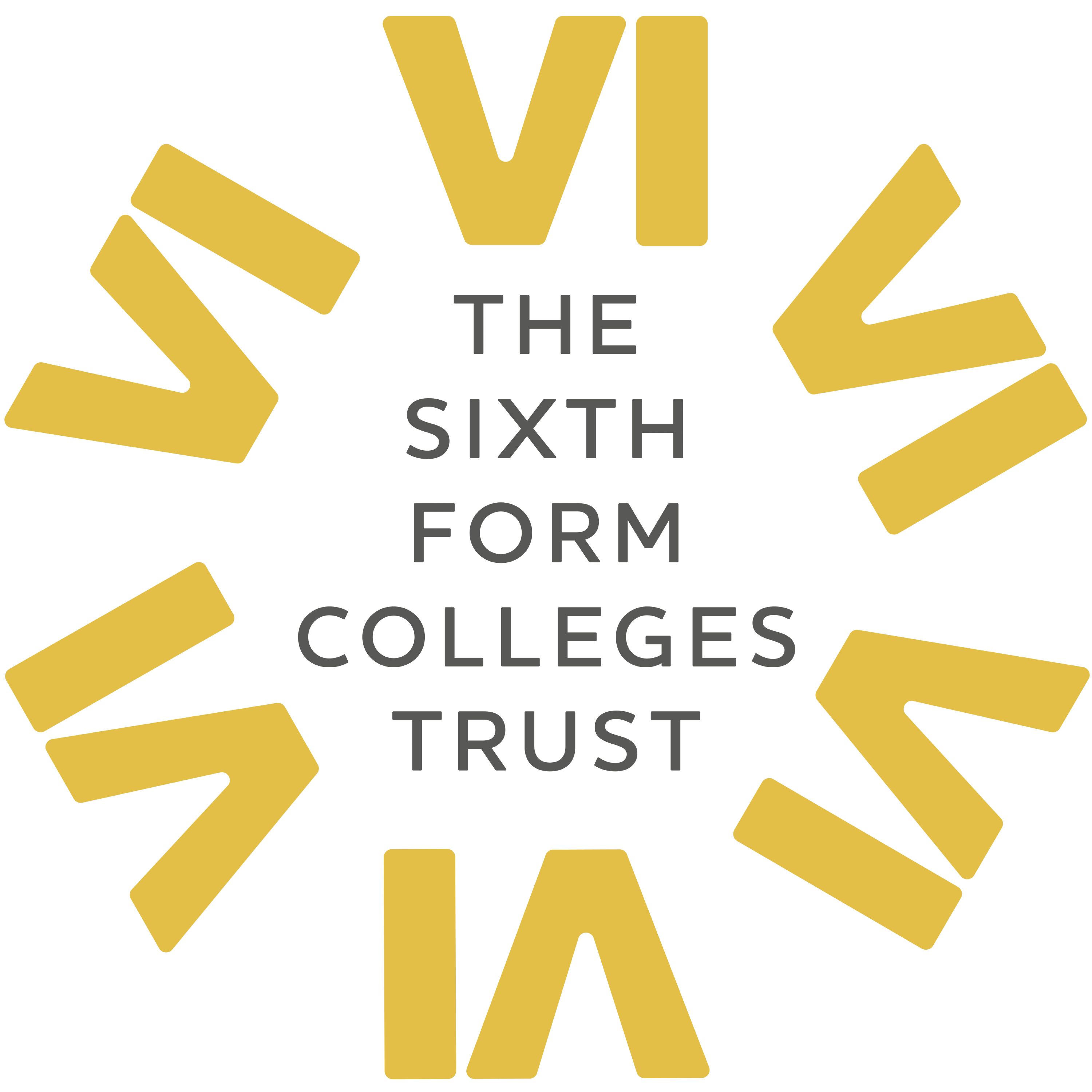
Design Technology (DT) A Level
Course Overview
At its heart, Design & Technology is about combining curiosity, problem solving and creativity to find solutions for real world problems. If you are creative, practical and technically minded, if you are driven to investigate challenging problems and deliver user-centred solutions then DT could be for you.
The course offers a blend of activities from design theory to practical work and design communication skills. You will carry out practical work using a wide range of industry standard equipment, such as 3D printers and laser cutters, alongside lessons which focus on the theoretical study of design and the product design industry as well as material properties and manufacturing. You will be taught by specialist teachers and hear from alumni and guest speakers from industry. The course is further enriched with external trips to design events and exhibitions in Cambridge, London and abroad.
You will develop your understanding of real-world problems and come up with effective, user-centred solutions. We will discuss issues related to ecology, ethics, economics, cultural differences and social responsibility and much more, as well as how design is a tool to create a better world.
Your project work will involve research, creative problem solving, project management as well as designing and making skills. You will learn how to generate and communicate design ideas with 2D and 3D computer-aided-design software and develop your freehand sketching and rendering. You will consolidate your skills by undertaking a major coursework project consisting of a portfolio and final prototype. This project is your chance to really explore your interests as you will set your own brief and develop work that can aid you in your own unique progression route.
Managing your own projects and balancing the practical and theoretical demands of the course is a challenging experience, but one that will provide you with fantastic transferable skills for any industry. Our most successful students are driven, creative, independent and organised - does this sound like you? Design & Technology A Level goes well with the sciences, Maths and other technical courses as well as artistic and creative subjects. Our students go on to university courses, apprenticeships or employment in product design, fashion & textiles design, architecture, interior design, graphic design, 3D design, art, engineering and many more.
Year 1 Modules
- An introduction to iterative and inclusive design
- Design for Climate Change
- Designing Skills
- Exam theory
Year 2 Modules
- Final Coursework Project
- Exams


Key Info
Minimum Entry Requirements
- Five GCSEs at Grade 5 including:
- Grade 5 in GCSE English Language
- Grade 5 in GCSE Maths
- Grade 5 in GCSE Design Technology if taken
Assessment
- 50% Exam
- 50% Coursework
- Exam Board: AQA
Why choose this course?
This course is about solving problems and developing and constructing the solutions.You will enjoy this course if you are organised, creative, practical and driven. Do you see opportunities to improve the lives of those around you? Do you find problems with everyday products? Do you want to explore how the products, services and spaces we use could be more sustainable? Are you fascinated by how things work? Do you wish you knew more about how things are made? If so, this is the course for you.
Skills you'll gain
Analytical skills gained include research, creative problem-solving, testing and evaluating ideas, project management and theory knowledge of materials properties and manufacturing techniques.
Practical skills gained include design thinking and idea generation, sketching and modelling and a wide variety of making skills. In the first year you will be shown how to use all equipment in the workshop, including the opportunity to explore CAD/CAM processes.
After Long Road
Our students go on to university courses, apprenticeships or employment in product design, fashion & textiles design, architecture, interior design, graphic design, 3D design, art, engineering and many others. This qualification is also a good route to choose if you are interested in doing the Level 4 Foundation Art and Design course at Long Road.
Examples of institutions include Loughborough University, Long Road Level 4 Art and Design Foundation, De Montfort University, Norwich University of the Arts, Liverpool University, Leeds University, Brunel University, Marshal’s Aerospace.
I have really enjoyed studying DT at long road. We were always encouraged to think outside the box and experiment with ideas and materials. This not only helped our project development, but the way we think about solving problems. I feel I have developed both my design skills and the way I think as a designer through this course. I am now going on to study architecture at university.








